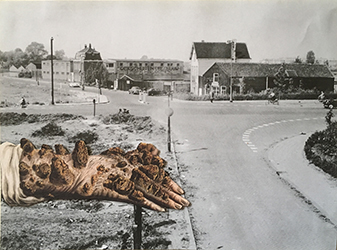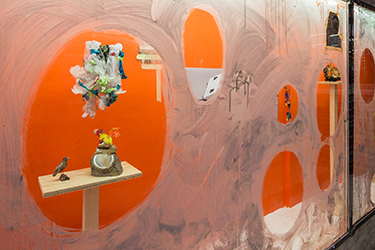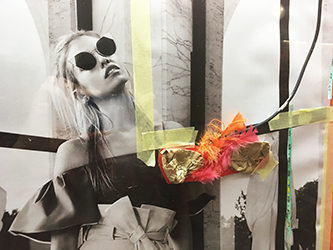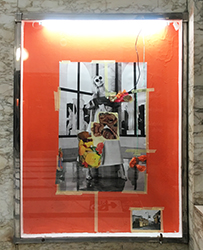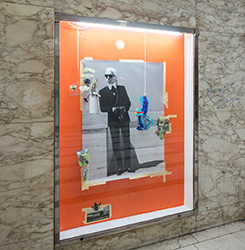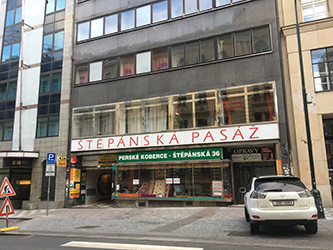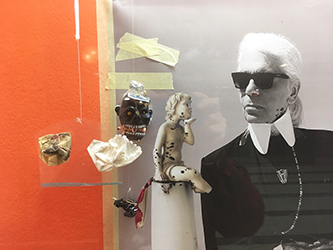Offsite
The Institute for the Study of Universal Uncertainties, Part II: Capitalism
Galeria Ferdinanda Baumanna, Prague, December 1 - 31, 2017
From the gallery's website:
Jindrich Chalupecky Society, in collaboration with the Ferdinanda Baumanna Gallery, is pleased to present a new project by the Washington-based curatorial duo Triple Candie. Part of a larger research initiative on the subject of “uncertainty,” it looks at the concept in relationship to capitalism, 30 years after the Velvet Revolution.
“Uncertainty is a deep property of decentralized systems,” Hyman Minsky noted in 1996. A decade before the Great Recession of 2008-9, the Chicago economist argued for greater government regulation to protect against boom-and-bust cycles and their attendant destruction. Yet, for most minorities in the U.S., destruction is all they have ever known. Government intervention has rarely been sufficient enough to guard against chronic sickness, displacement, environment degradation, or the many other obstacles American dream. For some, the dream is but a window. For others, a prison. In this sense, Pascal’s famous dictum that “It is not certain that everything is uncertain,” can be understood as a truism. It is certain that social uncertainty will persist for the lower classes, and an increasingly for the middle classes.
In contrast to their U.S. counterparts, Czech citizens have first-hand experience of a variety of economic systems and know that free-market capitalism is but one of several options. Uncertainty in this context, while still anxiety-producing, is perhaps a gift. As long as the memory of other systems persist, there will remain the possibility of alternative futures, and the false promises of capitalism will be rightly understood for what they are.
* * *
The project consisted of displays in three vitrines in a 1930s-era shopping arcade, a half-block from Prague's famous Wenceslas Square where the 1968 and 1989 revolutions took place. In the two smaller vitrines, Triple Candie installed posters they had designed that appropriating Western fashion advertisements -- one featuring Chanel designer Karl Lagerfeld -- in which they inserted their own products: a plastic bag of colored foam and a puti-shaped candle. To each poster, it then appended various images and objects -- drawings of rotten teeth, crumbling buildings, bird feathers, among them. For the long, capsule-shaped vitrine, they soaped the windows to evoke a defunct business, and behind the soap they presented a variety of other idiosyncratic objects, presumably once for sale, including a gilded mushroom.
